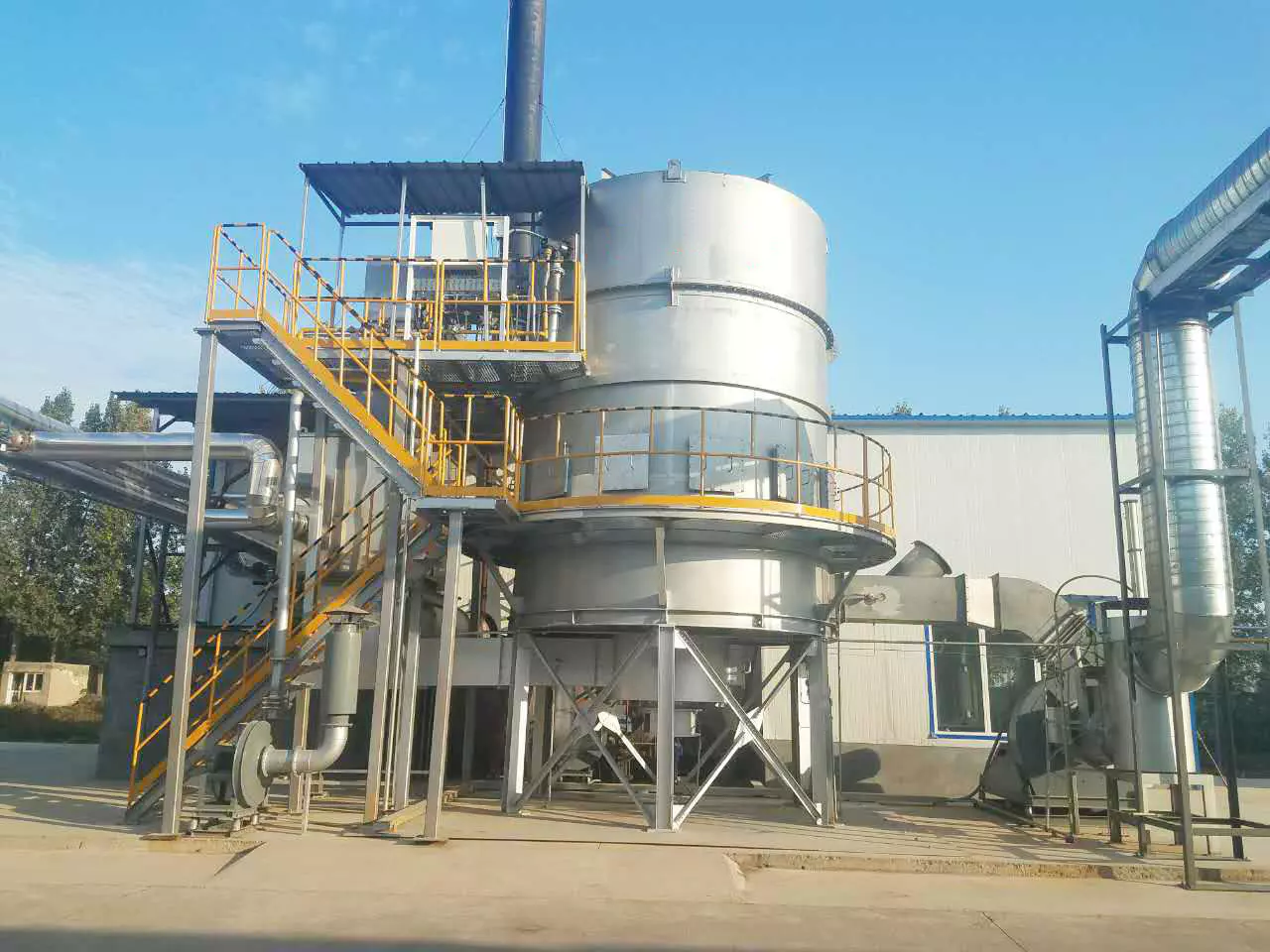How to Perform a Pressure Drop Analysis for an RTO Thermal Oxidizer?
はじめに
A pressure drop analysis is a critical step in understanding the performance of a regenerative thermal oxidizer (RTO). By determining the pressure drop across different components of the RTO system, engineers can optimize its design and operation, leading to enhanced efficiency and reduced energy consumption. In this article, we will explore the various aspects of performing a pressure drop analysis for an RTO thermal oxidizer.
Understanding Pressure Drop
– Pressure drop refers to the decrease in pressure as a fluid passes through a system or a specific component.
– In an RTO熱酸化装置
, pressure drop analysis helps engineers identify areas of air or gas flow restriction, which can impact the overall system performance.
– Pressure drop is influenced by various factors, including the geometry, flow rate, temperature, and condition of the components within the RTO.
Step-by-Step Pressure Drop Analysis
1. Identify the Key Components:
– The first step is to identify the major components of the RTO system, such as the heat exchangers, ceramic media beds, valves, and ductwork.
– Each component contributes to the overall pressure drop and must be analyzed individually.
2. Measure the Pressure Difference:
– To perform a pressure drop analysis, pressure sensors or gauges should be strategically installed at various points within the system.
– Measure the pressure difference between the inlet and outlet of each component to determine the pressure drop across them.
3. Analyze Individual Components:
– Start by analyzing the pressure drop across the heat exchangers.
– Evaluate the cleanliness of the heat exchanger surfaces, as fouling can significantly increase pressure drop.
– Consider the design, dimensions, and material of the heat exchangers to assess their impact on pressure drop.
4. Assess Ceramic Media Beds:
– Ceramic media beds are crucial for heat transfer in an RTO.
– Evaluate the pressure drop across the ceramic media beds by measuring the pressure difference between the inlet and outlet of each bed.
– Factors such as bed depth, porosity, and media type can influence pressure drop.
5. Evaluate Valves and Ductwork:
– Valves and ductwork can contribute to pressure drop due to their geometry and flow characteristics.
– Assess the pressure drop across each valve and section of ductwork by measuring the pressure difference between the upstream and downstream points.
結論
Performing a comprehensive pressure drop analysis for an RTO thermal oxidizer is essential for optimizing its performance. By understanding the pressure drop across different components, engineers can identify areas of improvement to enhance efficiency and reduce energy consumption. Remember to evaluate the pressure drop across heat exchangers, ceramic media beds, valves, and ductwork. Regular analysis and optimization of pressure drop will ensure the smooth operation of the RTO thermal oxidizer system.

会社紹介
We are a high-tech equipment manufacturing enterprise specializing in the comprehensive treatment of volatile organic compounds (VOCs) in exhaust gas and carbon reduction and energy-saving technologies. Our core technologies include thermal energy, combustion, sealing, and automation. We have simulation capabilities for temperature field and airflow field, as well as the ability to test the performance of ceramic heat storage materials, molecular sieve adsorption materials selection for VOCs, and high-temperature combustion and oxidation of VOCs.
チームのメリット
We have established RTO technology research and development center and exhaust gas carbon reduction engineering technology center in Xi’an, as well as a 30,000 square meter production base in Yangling. We are a leading manufacturer of RTO equipment and molecular sieve rotary wheel equipment worldwide. Our core technical team comes from the Aerospace Liquid Rocket Engine Research Institute (Aerospace Sixth Academy). We have more than 360 employees, including over 60 R&D technical backbone, including 3 senior engineers at the research level, 6 senior engineers, and 148 thermodynamics Ph.D. holders.
コア製品
Our core products include the Rotating Valve Regenerative Thermal Oxidizer (RTO) and molecular sieve adsorption concentration rotary wheel. With our expertise in environmental protection and thermal energy system engineering, we can provide customers with comprehensive solutions for industrial waste gas treatment, carbon reduction, and energy utilization under various operating conditions.
認定、特許、栄誉
- 知的財産管理システム認証
- 品質管理システム認証
- 環境マネジメントシステム認証
- 建設業企業資格
- ハイテク企業
- Patents for Rotating Valve Regenerative Thermal Oxidizer
- Patents for Rotary Wheel Heat Storage Incineration Equipment
- Patents for Disc Type Zeolite Rotary Wheel

適切な RTO 機器の選び方
- 排気ガスの特性を判断する
- 地域の規制と排出基準を理解する
- エネルギー効率を評価する
- 運用とメンテナンスを考慮する
- 予算とコストの分析
- 適切なRTOタイプを選択する
- Environmental and safety considerations
- パフォーマンステストと検証
It is important to analyze the composition and concentration of the exhaust gas to select suitable RTO equipment.
Familiarize yourself with the regulations and emission standards imposed by the local authorities to ensure compliance.
Consider the energy efficiency of different RTO types and choose the one that offers optimal efficiency.
Assess the ease of operation and maintenance requirements to ensure smooth and efficient operation of the RTO.
Analyze the budget and cost factors associated with the installation and operation of the RTO to make an informed decision.
Based on the requirements and characteristics of the exhaust gas, select the most suitable RTO type.
Consider the impact of the RTO on the environment and ensure compliance with safety standards.
Conduct performance tests and verification to ensure the RTO meets the required standards and specifications.

当社のサービスプロセス
- 相談と評価
- Design and solution formulation
- 生産と製造
- 設置と試運転
- アフターサポート
Provide preliminary consultation, conduct on-site inspections, and perform needs analysis.
Design the appropriate solution, conduct simulation and analysis, and review the proposed solution.
Customize the production, ensure quality control, and conduct factory testing.
Perform on-site installation, conduct commissioning and operation training.
Provide regular maintenance, technical support, and supply of spare parts.
当社は、クライアント向けの RTO ソリューションのカスタマイズに専念する専門チームを擁するワンストップ ソリューション プロバイダーです。
著者宮
